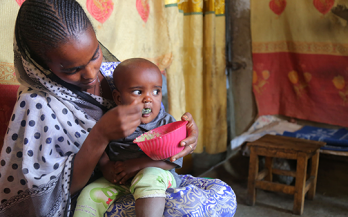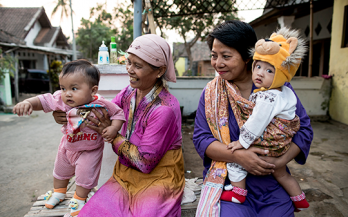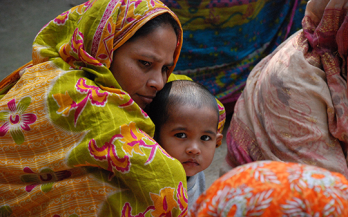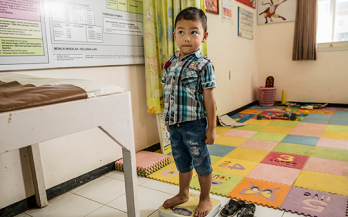Several types of interventions can be used to improve nutrient intake adequacy in infant and young child diets, including fortified foods, home fortification, nutrition education and behaviour change communication in addition to agricultural and market‐based strategies. The purpose of this study was to initiate a collaborative project in Kenya to improve the nutritional adequacy of foods consumed by infants and young children.
The question whether diets composed of local foods can meet recommended nutrient intakes in children aged 6 to 23 months living in low- and middle-income countries is contested.
The objective of this study was to determine whether a possession score or a poverty index best predicts undernutrition and anaemia in women of reproductive age (15–49 years; WRA) and children aged 6–59 months living in Côte d'Ivoire.
The purpose of this study was to examine the effect of a novel behaviour change intervention, Gerakan Rumpi Sehat (the Healthy Gossip Movement), on infant and young child feeding practices in peri‐urban Indonesia.
The study’s objective was to assess dietary intakes of key micronutrients and the consumption pattern of potentially fortifiable foods, and then to model the potential impact of fortification of key staple foods.
The work reported here assesses the coverage achieved by two sales-based approaches to distributing a complementary food supplement (KOKO Plus™) to infants and young children in Ghana.
This supplement presents results from Fortification Assessment Coverage Toolkit (FACT) surveys that assessed the coverage of population-based and targeted food fortification programs across 14 countries. It then discusses the policy and program implications of the findings for the potential for impact and program improvement.
The purpose of this study on child stunting determinants in Indonesia was to outline who are the most vulnerable to stunting, which interventions have been most successful, and what new research is needed to fill knowledge gaps. Published studies are lacking on how education; society and culture; agriculture and food systems; and water, sanitation, and the environment contribute to child stunting.
The objectives of the paper are to review the existing epidemiologic data about peanut allergy, to determine whether the prevalence of peanut allergy is lower in developing countries, and to explore the possible reasons for onset of peanut allergy.
In this assessment, dietary modeling in children aged 6–60 months was undertaken, based on food consumption patterns described in the 2009 national food consumption survey, using a 24-h recall method.










